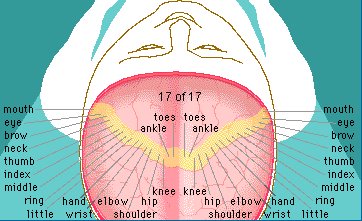What is Trauma for Children?
In her book Children in a Violent Society Joy Osofky describes trauma as, “An
exceptional experience in which powerful and dangerous stimulus overwhelms the
infant/child’s capacity to regulate his affects”. How a child reacts emotionally to a
situation may vary greatly, depending on the context of the trauma and their living
environment: Did the child feel helpless or think his life was at risk? Did the child have a
secure or insecure attachment with the caregiver? Was a family member, friend or pet
involved? Was the child comforted and made to feel safe afterwards by her caregiver?
How often was trauma experienced, once or multiple times? At what age and stage of
development was the child at the time of the trauma? Does the child have a history of
other upsetting events or losses?
Dr. Peter Levine has described the effects of trauma in his book called Waking the Tiger
as untransformed energy which has become fixated within the organism. “Traumatic
symptoms stem from the frozen residue of energy that has not been resolved and
discharged. This residue remains trapped in the nervous system where it can wreak
havoc on our bodies and spirits.” If resolution has not occurred, the brain and the body
store the information within the neural networks and at the cellular level where it is
constantly available to be re-experienced. For children, the meaning they ascribe to an
event is what determines whether the event was traumatizing for them or not. When
parents or caregivers are not available or able to comfort a child because of their own
needs/trauma, often the trauma is reinforced, locking it into the psyche and physical body
of the child.
Unfortunately, trauma can compromise all areas of child development: identity
formation, experience of body integrity, affect tolerance, ability to manage behaviors,
cognitive processing, ability to trust self and others and spiritual and moral development.
Following trauma, the child can easily become overwhelmed and develop emotional
behavioral or physical problems which are problematic. Often not recognized in children,
PTSD symptoms develop largely because of the child’s attempts to block feeling the
negative emotions. These symptoms may show up as avoidance, dissociation and
numbing, or impulsive and/or aggressive acting out. Because these symptoms are
frequently repeated they become debilitating, self perpetuating, and accumulate over time
affecting all areas of the child’s development.
http://www.energyconnectiontherapies.com/articles/How.Trauma.Affects.Children.and.How.EMDRHelps.pdf
Monday, September 10, 2007
Subscribe to:
Post Comments (Atom)

http://www.windyweb.com/stop.htm














No comments:
Post a Comment